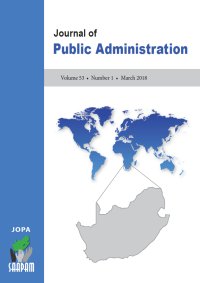
At the inception of democracy in 1994 equal representation became a key foundation of public service reform in South Africa. This article evaluates how the theory of representative bureaucracy can be used to analyse the South African public service. In doing this, it uses the Personnel and Salary Information System (PERSAL) data from 2000-2012 to examine the extent to which women have been represented in the management echelon (salary level 9-16) of the public service, and measured against affirmative action equity targets. The article also considers whether the number of women (passive representation) in management positions will necessarily promote the interests of all other women (active representation), as assumed by the theory of representative bureaucracy. The article shows that the theory of representative bureaucracy offers a useful logic to understand the policy language of affirmative action and the public service position.